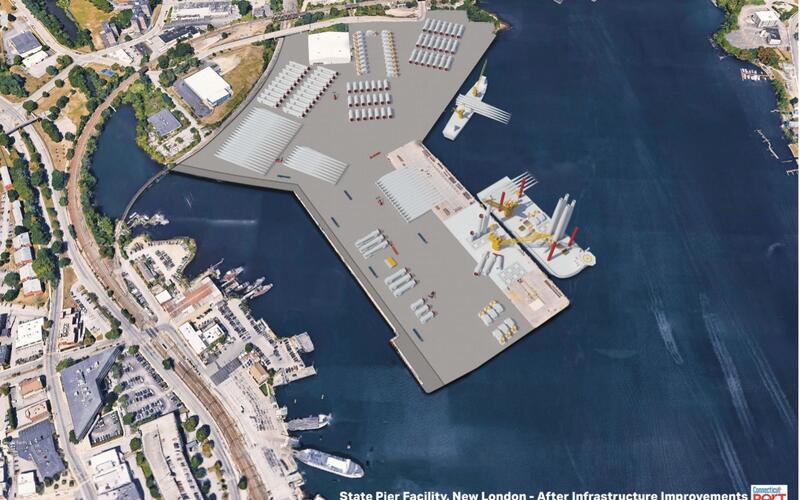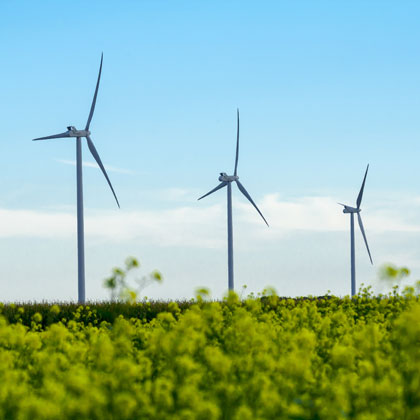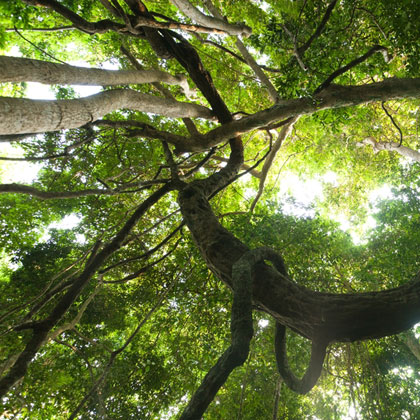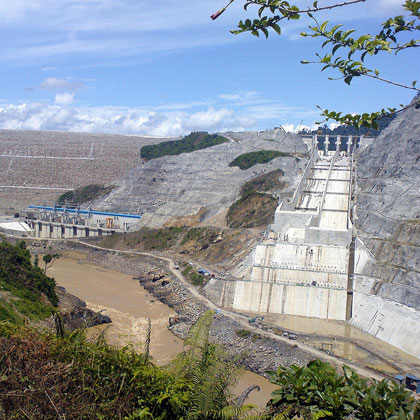Material and Regulatory Roadblocks to Offshore Wind Development in the United States

Material and Regulatory Roadblocks to Offshore Wind Development in the United States
Research around offshore wind development in the United States reveals the structural complexity of developing projects and the specific bottlenecks that impede expansion. To achieve the renewable energy targets set out federally and statewide, the United States must address research gaps and tackle developmental roadblocks, specifically regarding the availability of marshaling ports and installing vessels.
https://www.sciencedirect.com/science/article/pii/S1364032123006238?via%3Dihub
Adam Gallaher, Marcello Graziano, Stephen Axon, Amanda Bertana, Breaking wind: A comparison between U.S. and European approaches in offshore wind energy leadership in the North Atlantic region, Renewable and Sustainable Energy Reviews, Volume 187, 2023, 113766, ISSN 1364-0321, https://doi.org/10.1016/j.rser.2023.113766.
https://www.sciencedirect.com/science/article/pii/S0301421522000428?via%3Dihub
Sara B. Parkison, Willett Kempton, Marshaling ports required to meet US policy targets for offshore wind power, Energy Policy, Volume 163, 2022, 112817, ISSN 0301-4215, https://doi.org/10.1016/j.enpol.2022.112817.
In recent years, the United States has invested tremendous resources to achieve 100% clean energy by 2035. Offshore wind (OSW) is one of the leading renewable sources the U.S. is investing in that will help the U.S. reach the nationwide target. Federal leadership, commitment, and enforcement of policies have attracted over $20 billion in investment into the U.S. OSW industry. Compared to other countries, the U.S. market is still emerging and requires substantial government backing. To achieve local and global fossil fuel emission reduction goals, targeted regulatory responses must provide financial and technical support where roadblocks are present.
Recent research broadly captures the state of OSW development along certain U.S. coastal regions. They point to unique challenges that limit OSW development, such as the availability of marshaling ports and legally compliant installation vessels. These two factors are critical within OSW development, and researchers highlight the urgency of resolving these areas of concern.
To better understand the current position of the U.S. as the OSW market evolves, recent research compares the current state of development in the U.S. with more advanced markets in Germany, the United Kingdom, China, and Denmark. One study in Renewable and Sustainable Energy Reviews employed a socio-technical transition framework. This method engages a multi-level perspective (MLP) to understand the potential growth of OSW in the U.S. The researchers used this methodology to identify six themes to evaluate the state of development between these countries: the role of local communities, governance structures, multi-scale government interactions, regional socioeconomic structures, socio-ecological impacts, and relationships with existing industries. When they evaluated OSW across these categories, they identified four that were still necessary. These categories—knowledge, potential, adaptation, and learning—corresponded to gaps in OSW research and indicated potential areas for further study in the U.S. context. The study suggests a particular need to turn towards developing an industry “characterized by elements of justice, equity, and inclusive regional economic development.” The researchers also examined four more areas that require research to understand the current state of development: stakeholders’ identification and engagement, data availability, jurisdictional management, and OWE as regional economic development.
A corresponding article, “Marshalling Ports Required to Meet U.S. Policy Targets for Offshore Wind Power,” published in Energy Policy, identifies one different area within the development of OSW that requires attention: the availability of ports suitable for receiving and assembling the components. The researchers focused on several key questions to understand the potential availability versus demand of future port space: Is the supply of U.S. ports sufficient to meet this demand? How can supply chains make do with modified alternatives to support this growing industry?
Overall, four different ports are involved through an OSW project: small oceanic ports for survey vessels, manufacturing ports, marshaling ports, and operations and maintenance ports. While the marshaling port itself is critical, it is one of the least expensive key infrastructures within the development process of wind farms, both in capital cost and apportioned cost based on each project. Understanding U.S. OSW manufacturing, therefore, is necessary to contextualize the importance of satisfying port capacity.
The U.S. currently depends on European countries to deliver OSW parts for construction and use in offshore farms. This dependent relationship makes marshaling ports more critical as the U.S. adapts to domestic manufacturing. OSW has matured in some supply sectors. But overall, given the current lack of domestic capacity to manufacture the necessary OSW components, the U.S. relies heavily on European imports. The U.S. has historically hesitated to use non-European products from Asia, reducing available OSW markets. Due to the scale of OSW, a significant supply of OSW components is crucial to achieving sustainable, affordable construction. Unfortunately, the logistics of trans-ocean transport are complex, which increases the costs and risks associated with OSW production. While some have proposed that towers become semi or fully assembled from the country of origin, this solution is difficult to apply as European facilities are designed to service local OSW projects.
Future ports in the U.S. will be clustered within the Atlantic coast region. The researchers found that areas expected to marshal port development and attempt state and federal goals are projected to fall short of 2030 targets. The paper also argued that the need for marshaling area supply had been incorrectly attributed to a lack of available and suitable sites. The authors recognized that site availability and suitability concerns are relevant to OSW construction and renovation but also speak to the need for ports. They argue, however, that the lack of marshaling points stems first from a lack of political will. Port availability will only be limited with the commitment from existing port authorities, who ultimately make decisions about port designations.
The Jones Act creates further regulatory challenges for the OSW industry. It mandates that only U.S.-made vessels can travel between U.S. ports and foundations. Beyond the physical limitation discussed thus far, the regulatory requirements set forth by the Jones Act add further complexity to OSW installation. The constraints outlined in the Jones Act for locally manufactured vessels have been a concern recently. As more projects are impacted, stakeholders in OSW must continue to attend to the demarcations of the Jones Act and carefully consider its implications. For example, linchpin investors are delayed or canceled due to this localized constraint. Such projects serve as stress tests on this region’s regulatory and development capacity. The need for Jones-Act installation vessels has forced project managers to introduce other installation methods between ports and sites. For instance, the New London State Pier in Connecticutis one of the few marshaling piers that will be ready for commission – servicing several OSW projects within Massachusetts and Long Island.
Similarly, the first Jones Act-compliant vessel, WTIV Charybdis, currently constructed in Brownsville, Texas, will arrive at the New London State Pier for its first destination. Recent news suggests this vessel will not be ready and could experience regulation-related delays that would postpone its use until early 2024. Building vessels is more expensive than a marshaling port because ports can function over extended periods for different uses, while vessels are often outgrown after a set number of uses.
The two research studies contextualize OSW development in the U.S. in two ways. First, they celebrate overall progress in the industry and present guiding questions for future research. By contrast, the second and third articles outline the significant roadblocks that must be overcome to achieve OSW goals. Together, these pieces highlight the systemic challenges the U.S. OSW industry is grappling with. The recent cancellations of a major OSW project in New Jersey and emergent trends of companies withdrawing from projects represent systemic breaking points. If critical supply chain and development gaps are not addressed, the U.S. will not be able to meet its projected commitments to renewable energy by 2035 or 2050. The research questions and development concerns raised in these articles demonstrate that OSW expansion within the U.S. requires a regulatory response to further incentivize and efficiently tackle the areas where production bottlenecks occur.




